On Saturday, a woman in Maharashtra’s Ahmednagar district entered and offered prayers at a famous Shani shrine in Shingnapur village, ‘breaching’ the age-old practice of prohibiting entry of women. This, obviously, didn’t go well with the temple committee who suspended seven security men and carried out ‘purification’ rituals the next day.
However, it’s not just the famous Shani temple where the entry of women is prohibited.
Across India, there are myths and legends to support the theory of restricting entry of women in certain religious places.
Here are some of the religious places in India where entry of women remains prohibited
1. Lord Ayyappa Temple, Sabarimala
Located in the Pathanamthitta district of Kerala, the Ayyappa temple in Sabarimala is believed to be the meditation place for Lord Ayyappa. The temple restricts the entry of women aged between (12-50 years), basically women who may be menstruating, inside the temple.
According to the legend, Lord Ayyappa was a Bramhachari (celibate) in the form of a young teen, who was once asked by a young girl Nila to marry her . However, the lord Ayyappa rejected the proposal and cited his vow of being a life-long celibate.
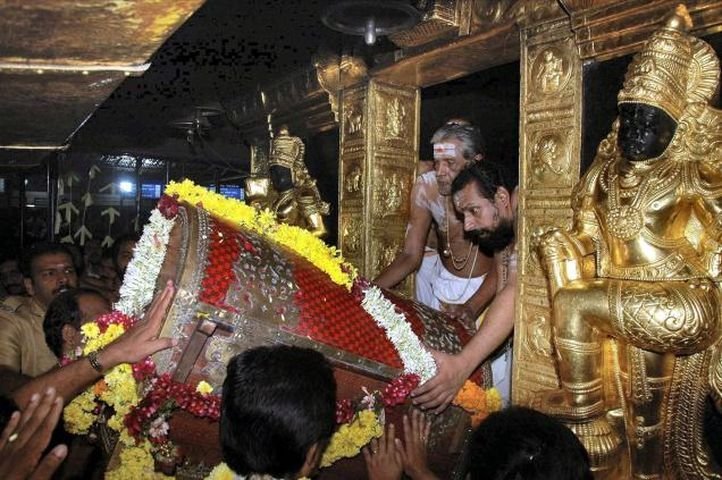
One of the largest annual pilgrimages in the world, it requires devotees to follow a set of stringent rituals and instructions. Some of the instructions include observing 41 days of celibacy, cooking one’s own food, wearing all black or blue among other rituals.
2. Lord Kartikeya Temple, Pehowa Haryana
This temple also celebrates Brahmachari (celibate) form of Lord Kartikeya which bars women from entering the temple. Situated near the Punjab-Haryana border, the ancient structure is said to be from the 5th century BC and legend states that any women visiting the shrine may be cursed even if they visit seeking blessings.
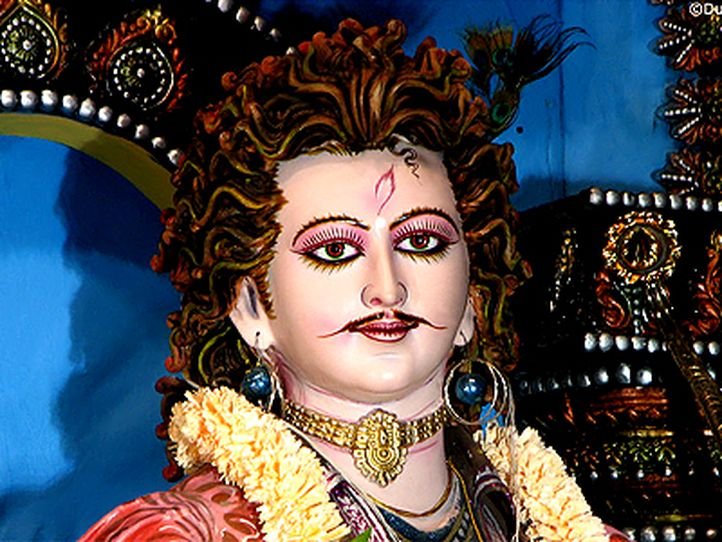
One version of the story is:
“When Lord Kartikeya was doing meditation Lord Indra gets jealous that Brahma might give him more power than himself. So he plans to distract Lord Kartikeya by sending the most beautiful Apsaras. Lord Kartikeya gets angry and cursed that “any woman who comes to his place to distract him from his meditation shall turn into stone.”
3. Mawali Mata Mandir, Chhattisgarh
Unlike the above two, this temple has its own reasons to keep women out.
According to the priests Shyamlal Sahu and Shiv Thakur of the Mawali Mata Mandir, they had once heard from a priest that he saw the diety rise from the earth. The diety then informed the priest that she was still unmarried.
“This is why women shouldn’t be allowed inside the temple to pay me their visits,” they said.
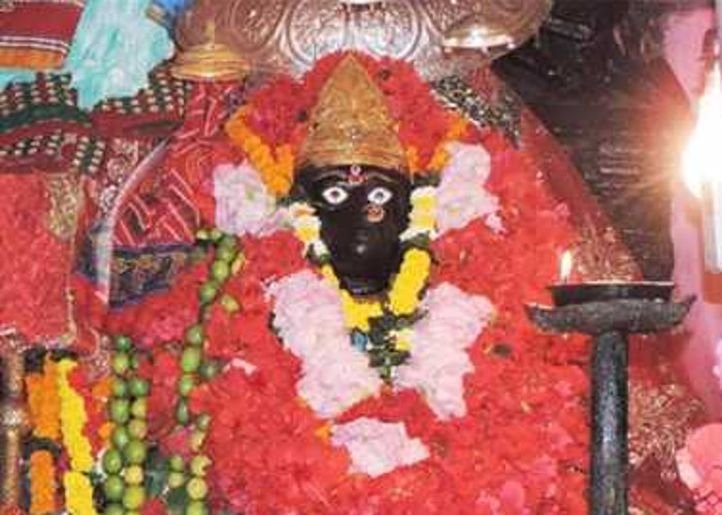
Mawali Mata Mandir | Source: Rajasthan Patrika
So only men can go inside the temple. However, the temple authorities have made an alternate temple inside the campus of Mawali Mata Mandir exclusively for women.
4. Haji Ali Dargah
There’s a difference in opinion between various schools of thought in the Muslim community about whether women should be allowed to visit graveyards or not.
It’s perhaps in this context that trustees of the iconic Haji Ali Dargah in Mumbai’s Worli coast told the Bombay High Court in October that “entry of women in close proximity of grave of a male Muslim saint is a grievous sin in Islam.”
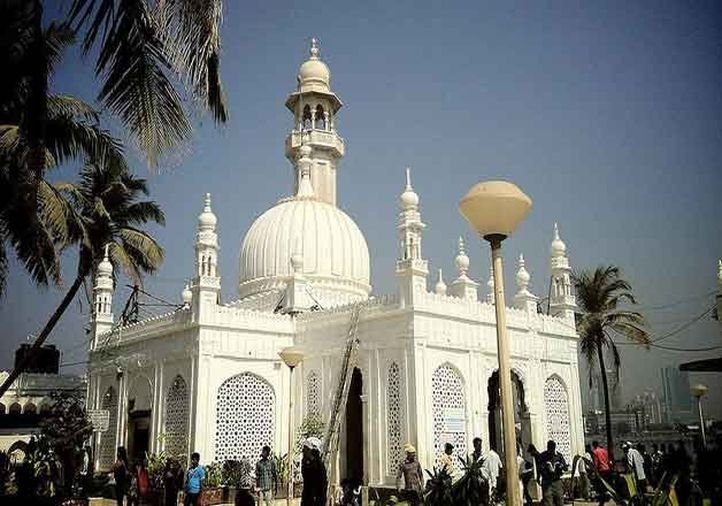
The restriction was imposed somewhere between March 2011-June 2012, which according to trustees was to protect women from “uncomfortable situations.”
A petition challenging the trust’s decision of banning entry of women to the ‘sanctum sanctorum’ is being heard by Bombay High Court.
5. Sree Krishna Temple, Malayinkeezhu, Kerala
In the Sree Krishna temple situated in Malayinkeezhu village of Thiruvananthapuram, women are denied entry into the core structure (called the nalambalam) of the temple.
The tradition is from centuries ago and was instituted because two Pushpanjali Swamiyars of Sree Padmanabhaswamy Temple had to spend six months at the Malayinkeezhu temple.
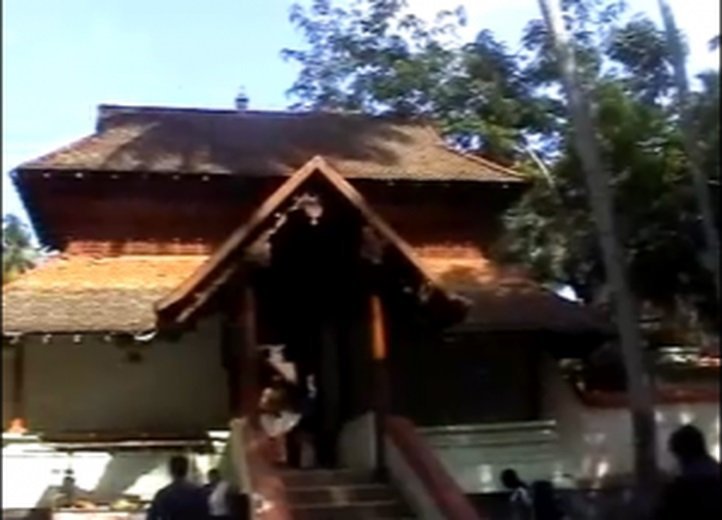
As the Swamiyars were celibates, the ban turned into a custom. However, there are voices that have been demanding that women be allowed to enter the temple now since the two Swamiyars don’t reside at the Malayinkeezhu temple anymore.
6. Patbausi Satra, Assam
Established by 15th century saint philosopher Srimanta Sankardeva, the Patbausi Satra monastery in Assam enforced the rule of disallowing women into the sanctum sanctorum until 2010. However, this changed when the then Assam Governor JB Patnaik entered the Vaishnavite temple’s inner sanctorum with 20 women, performed rituals and offered prayers.
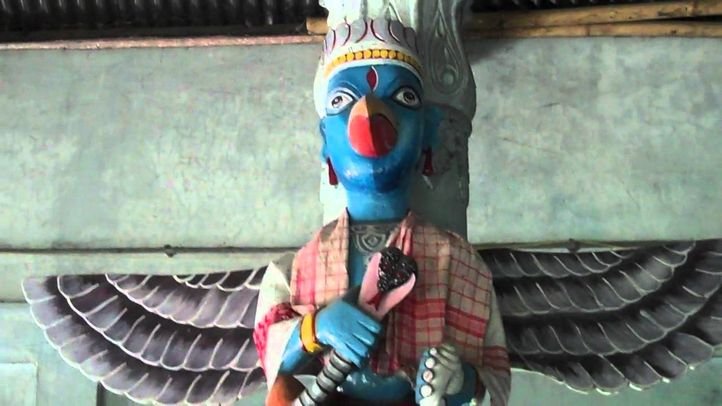
Inside Patbausi Satra, Barpeta, Assam | Source: YouTube
Even though the Governor persuaded the Sattradhikar (spiritual head of a Satra) of the Patbausi Satra to shun the century-old tradition, the ban was reimposed.
7. Jain Temple, Ranakpur
One of the five major Jain pilgrimage sites, this 15th century structure in Rajasthan prohibits the entry of menstruating women. Those who have been to the place have warned menstruating women against planning a visit to the temple.
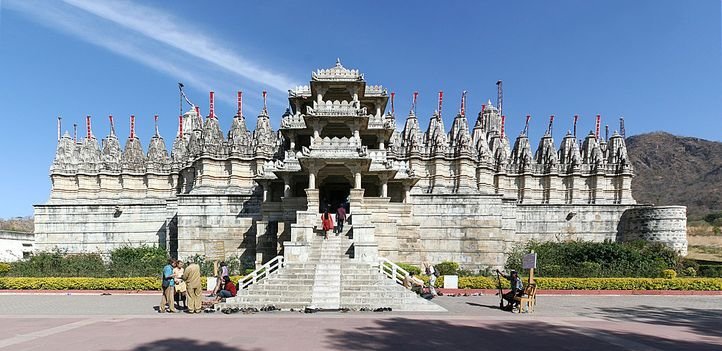
Among many things women essentially need to do, while entering the temple or inside it, is to ensure that their legs are well covered below their knees.
Feature image source: ScoopWhoop

















